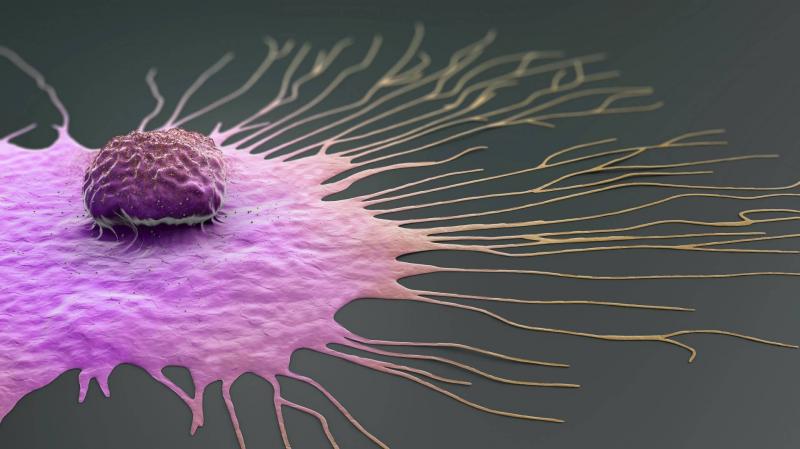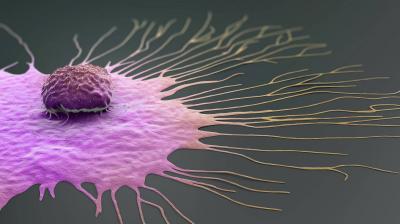Nanorobots moving through the bloodstream can reduce bladder cancer tumors (common in men) by 90%. In a potential breakthrough, scientists in Barcelona have developed small robots measuring 450 nanometers that deliver treatment directly. In a study conducted on mice, researchers demonstrated that these tiny robots could eliminate the need for multiple tumor treatments by reducing tumor size after just one attempt. The research was carried out by scientists at the Institute of Bioengineering of Catalonia (IBEC) and CIC biomaGUNE in collaboration with the Institute for Biomedical Research (IRB Barcelona) and the Autonomous University of Barcelona (UAB).
The robots were coated with gold nanoparticles (AuNPs) on their surfaces, which allowed researchers to track their movement through the bloodstream and their attack on the tumor. They were designed using a silica sphere containing various components, including the enzyme urease and radioactive iodine. Urease reacts with urea in urine to propel the nanorobot, while radioactive iodine is the agent that treats cancer.
The team found that the nanorobot increased the pH balance near the tumor, leading to the breakdown of the extracellular matrix, which contributes to the mechanical properties of tissues. Once recognized, the small nanorobots collided with the urinary tract tissues "as if they were a wall." However, since the tumor is spongy, the small robots are absorbed and accumulated within it, delivering radioactive iodine. Scientists who conducted the nanorobot study are still uncertain whether the treatment will prevent the tumor from returning, but following the success of the nanorobot, further studies are already underway to determine its long-term efficacy.




